In last week’s blog post we talked about Progesterone Deficiency and hormone imbalance in women. We ran through some basics on the 3 main functioning hormones that keep us women hormonally balanced – Progesterone, Estrogen and Testosterone. Today we will go through how these hormones react when a woman goes through the Perimenopause (pre-menopause) years. All women go through menopause eventually but the symptoms can affect each woman differently and to varying degrees, especially in the perimenopause years.Perimenopause are the years preceding actual menopause. During this time the ovaries stop producing regular amounts of testosterone, progesterone and estrogen. This is often referred to as ovarian insufficiency and as your body tries to stabilize itself, you may experience many debilitating symptoms.
Perimenopause can start as early as the mid 30’s and it can last 3-6 years before actual onset of menopausal symptoms. Some women only experience mild symptoms but others have the whole lot. An estimated 20% of women suffer severe symptoms so if you are one of them it’s good to know that you are not alone.
What causes Perimenopausal symptoms?
Estrogen dominance is the main cause of Perimenopausal. It’s bought on by low and unpredictable progesterone levels. Progesterone calms and balances the effect of Estrogen so without sufficient levels the effect of Estrogen is aceeleralted. The Estrogen levels don’t necessarily increase; they just have a more stimulating effect due to the lack of progesterone being produced by the ovaries.
Perimenopause affects the entire body. First of all a woman’s fertility is affected. While your periods continue to come you can still conceive, but you may need some extra medical stimulants to encourage ovarian function. The menstrual cycle can become irregular and periods may become heavier and last longer. You can also experience anovulation, this is when your ovaries don’t produce an egg every month; annolulation normally results in heavy periods with painful cramps.
The heavy prolonged blood loss may also cause Iron Deficiency Anemia and can result in fatigue and mood swings. Hormone levels will fluctuate causing hot flashes, mood changes, night sweats, insomnia and headaches. Tissue, muscle mass and bone density can also decrease. The vagina becomes dry and more prone to candida and skin can become dry and itchy. Bladder control is also affected, and bladder infections may become more frequent. Many women also experience Osteoporosis, where the bone’s thin and become more brittle. During Perimenopause fat distribution consolidates to the stomach area and metabolism slows down, resulting in weight gain, even though the diet hasn’t changed.
During this time your ovaries may also stop producing enough testosterone aiding the decrease of your bone density, muscle mass, wait gain and decrease sexual desire and pleasure.
These list of symptoms feel like doomsday is fast approaching but remember that not every woman experience all of these symptoms. Sometimes the symptoms can be mild and sometimes they are minimal. Every woman is her own person and her body will react differently to the life change.
Possible Treatment Options
Symptoms can be managed effectively through a natural HRT program that stabilizes the ovarian function by replenishing the progesterone, testosterone or estrogen levels. You may need a combination of treatments and you may need to be patient while you “trial and error” to find out which combination of hormone replacement treatments work best for you.
If the main cause of your symptoms is Estrogen dominance, caused by loss of progesterone production, then it makes sense to treat your menopause symptoms with a progesterone replacement treatment. There are patches, capsules and even injections available but you may find these are intrusive. You can run through all these options in detail with your doctor but remember, these symptoms are not short lived so you need to decide what hormone replacement treatment is most comfortable for you log term. If you are fed up of taking oral medication and don’t want to go down the injections route, there are always pharmaceutical grade hormone creams. Profeme uses bioidentical progesterone, meaning that the body sees it as a natural top up rather than an extra supplement so absorbs it better. The cream is easy to use and is absorbed quickly.
If some of your main symptoms are related to low testosterone levels then you may also want to try a women’s testosterone treatment like Androfeme. It can help elevate some of your symptoms and restore your sexual desire, one of the main side effects of the perimenopause years.
The World menopause congress in Cancun
The world menopause congress is coming up at the beginning of May and we will be attending and reporting back on some of the talks. Sign up to our blog to receive email notifications on new blog posts, that way you’ll be up to date with new information about hormone therapies. Lawley Pharmaceuticals will be representing Androfeme and Profeme at the congress and exhibiting their new Prescriber Monitored Supply System. It’s an excellent program for Doctors and Patients alike so if you’re going to the congress go and check it out!
For more detailed information on all the above you can download these free booklets about Ovulation & Annovulation and Perimenopause.





